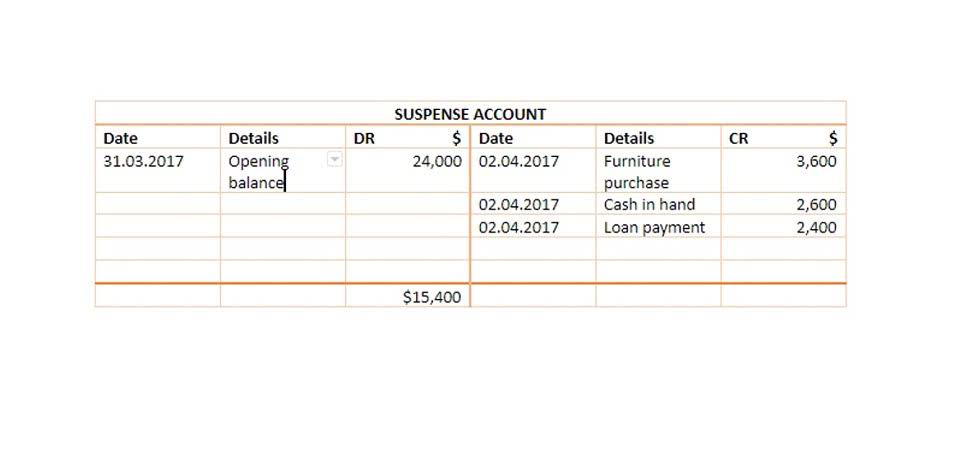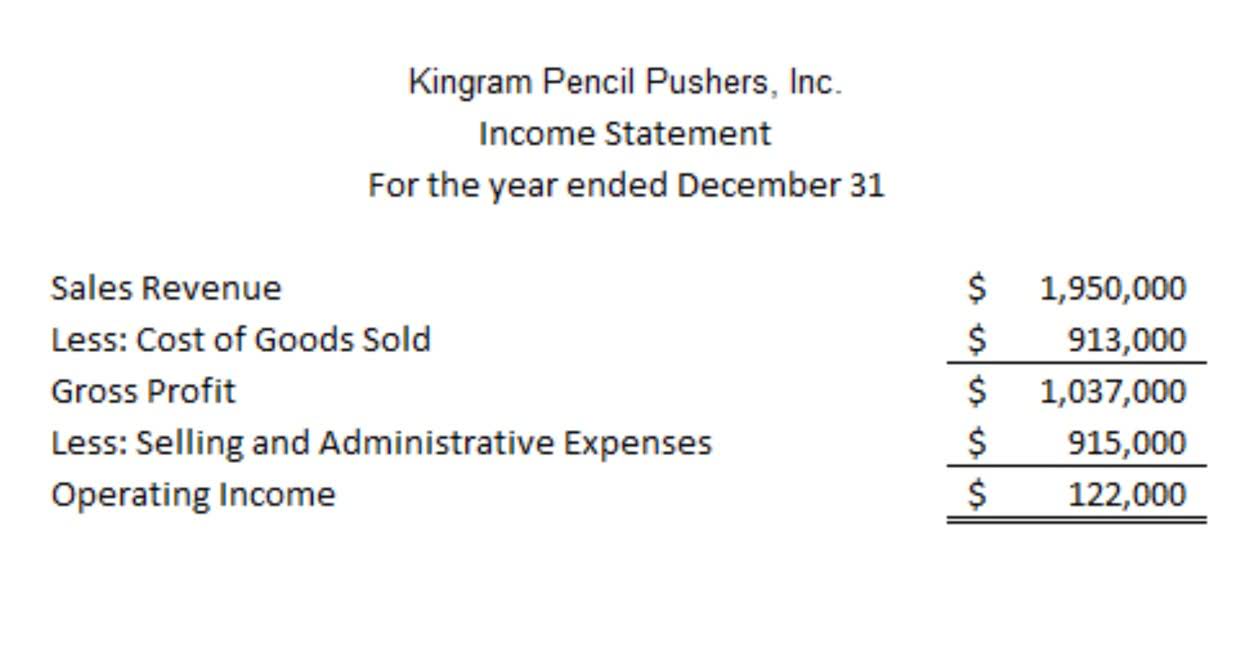
For example, accounts receivable must be continually assessed for impairment and adjusted to reflect potential uncollectible accounts. Without knowing which receivables a company is likely to actually receive, a company must make estimates and reflect their best guess as part of the balance sheet. Retained earnings are the net earnings a company either reinvests in the business or uses to pay off debt. The remaining amount is distributed to shareholders in the form of dividends. Accounts within this segment are listed from top to bottom in order of their liquidity. They are divided into current assets, which can be converted to cash in one year or less; and non-current or long-term assets, which cannot.
Finding Common Equity on Statements
They rank from operating expenses like salary expenses, utilities, depreciation, transportation, and training expenses to tax expenses and interest expenses. Capital Surplus can be found in the company’s balance sheet under the head of Additional Paid-in Capital (APIC.) For instance, a company may have Capital Surplus worth $15,000. Companies can issue new shares by selling them to investors in exchange for cash. Companies use the proceeds from the share sale to fund their business, grow operations, hire more people, and make acquisitions. Once the shares have been issued, investors can buy and sell them from each other in the secondary market (how stocks normally trade on an exchange).
Short-term & Long-term Debt

Every business transaction will be represented in at least two of its accounts if a company is keeping accurate accounts. The borrowed money will be reflected in its balance sheet as both an increase in the company’s assets and an increase in its loan liability if a business takes a loan from a bank. If you miss existing liabilities, you’ll face issues in equity calculation. As equity depends on both assets and liabilities, errors here can change equity values a lot. To keep calculations accurate, do a trial balance before you finalize the balance sheet.

Step by Step Calculation of Equity
- Though both methods yield the exact figure, the use of total assets and total liabilities is more illustrative of a company’s financial health.
- Each category consists of several smaller accounts that break down the specifics of a company’s finances.
- Yes, total equity can change due to various factors, including profits, losses, dividends, asset revaluation, or issuance/repurchase of shares.
- Likewise, its liabilities may include short-term obligations such as accounts payable and wages payable, or long-term liabilities such as bank loans and other debt obligations.
- Retained earnings grow larger over time as the company continues to reinvest a portion of its income.
Retained earnings grow larger over time as the company continues to reinvest a portion of its income. Equity is used as capital raised by a company, which is then used to purchase assets, invest in projects, and fund operations. A firm typically can raise capital by issuing debt (in the form of a loan or via bonds) or equity (by selling retained earnings stock). Investors usually seek out equity investments as they provide a greater opportunity to share in the profits and growth of a firm. The double-entry practice ensures that the accounting equation always remains balanced. The left-side value of the equation will always match the right-side value.
In the initial phases of a start-up business, equity is typically low or even negative. This is because start-up businesses often require significant investments and may incur losses before becoming profitable. Equity for a start-up business is often derived from founders’ investments or external funding sources, such as venture capital or angel investors. Market analysts and investors prefer a balance between the amount of retained earnings that a company pays out to investors in the form of dividends and the amount retained to reinvest into the company. As such, many investors view companies with negative equity as risky or unsafe. However, total equity formula many individuals use it in conjunction with other financial metrics to gauge the soundness of a company.

Assessing Investment Value
- She holds a Bachelor of Arts from the University of Southern California and a Master of Business Arts from Cal State Dominguez Hills.
- The SCF is necessary because the income statement is prepared using the accrual method of accounting (as opposed to the cash method).
- The crisis caused by COVID-19 disrupted the way companies recruit and organize their resources and workforce.
- Note that the $95,000 appears as a negative amount because the outflow of cash for capital expenditures has an unfavorable or negative effect on the corporation’s cash balance.
- Equity can be a valuable resource for financing business growth initiatives.
- Notice the net income of $4,665 from the income statement is carried over to the statement of retained earnings.
It is a crucial figure that helps assess a company’s financial position and overall value. A company can use its balance sheet to craft internal decisions, though the information presented is usually not as helpful as an income statement. A company may look at its balance sheet to measure risk, make sure it has enough cash on hand, and evaluate how it wants to raise more capital (through debt or equity). Public companies, on the other hand, are required to obtain external audits by public accountants, and must also ensure that their books are kept to a much higher standard. Employees usually prefer knowing their jobs are secure and that the company they are working for is in good health.
Equity Equation Components

For Apple, their shareholders’ equity rose to $73.812 billion, indicating strong growth and Keep Records for Small Business financial stability. Once you have located the total assets line item, you can simply note down the value provided. This value represents the combined worth of all the assets owned by the company, both current and non-current, at that particular point in time. We will explore different methods that can be employed to find the total assets on a balance sheet.
- A current asset whose ending balance should report the cost of a merchandiser’s products awaiting to be sold.
- Beginning retained earnings carry over from the previous period’s ending retained earnings balance.
- Long-term liabilities are obligations that are due for repayment in periods longer than one year, such as bonds payable, leases, and pension obligations.
- Current liabilities are debts typically due for repayment within one year.
- The basics of equity accounting stand on the important accounting equation.
Subtract the total liabilities from the total assets to get the basic equity figure. The initial equity, or the equity at the beginning of the period, is found on the company’s balance sheet. It is the residual interest in the assets of the entity after deducting liabilities, essentially representing the owners’ stake in the company. To calculate this, one would look at the equity section of the balance sheet, which typically includes common stock, preferred stock, retained earnings, and any additional paid-in capital. The sum of these components yields the total equity at the start of the period.

If your business has strong fundamentals and isn’t financing all of its growth with debt, your owner’s equity should be increasing with time. Understanding equity and being able to track its growth is crucial to understanding the long-term financial health of a business. Learn how to build, read, and use financial statements for your business so you can make more informed decisions. When you prepare a balance sheet, you must first have the most updated retained earnings balance. To get that balance, you take the beginning retained earnings balance + net income – dividends.



